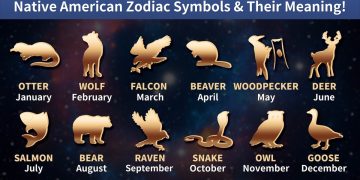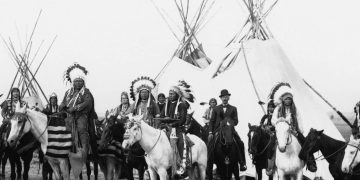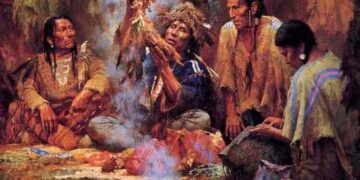Throughout American history, Native American warriors have played crucial roles in defending their lands, cultures, and communities. Among these, some standout figures have left lasting legacies, embodying resilience, strength, and leadership. From feared battlefield commanders to peaceful yet resolute leaders, Native American warriors resisted the encroaching forces of white settlers, protecting their way of life.
Sitting Bull: The Fearless Leader Who Resisted the Government
Sitting Bull, a chief of the Lakota Sioux, is one of the most renowned Native American warriors. Born as Jumping Badger in 1831, Sitting Bull demonstrated exceptional bravery early in life, earning his name after a courageous act on a raid. He first fought the U.S. Army in 1863 and became a symbol of resistance to the government’s attempts to move his people onto reservations. His leadership culminated in two major victories—the Battle of Rosebud and the legendary Battle of the Little Bighorn, where his warriors defeated General George Armstrong Custer. Despite this success, Sitting Bull’s eventual surrender in 1881 marked a tragic end to his fight, as he was eventually killed in 1890 under questionable circumstances.
Geronimo: The Fierce Apache Warrior
Geronimo was a prominent figure among the Apache people, known for his incredible resilience in the face of relentless military pursuit. Leading his people through several battles against Mexican and American forces, Geronimo was recognized for his strategic genius and fierce commitment to the Apache way of life. His wars of resistance, especially after the forced relocation of his people to reservations, are legendary, making him a symbol of Native American resistance.
Red Cloud: The Diplomat Warrior
Red Cloud, another important leader of the Lakota Sioux, achieved a major victory over the U.S. Army during the Red Cloud’s War (1866–1868). Known for his ability to combine diplomacy with warfare, Red Cloud secured the Fort Laramie Treaty, which temporarily halted the army’s intrusion into Native lands. His efforts highlight the complex balance between negotiation and military action in the defense of Native rights.
Tecumseh: The Shawnee Leader Who United Tribes
Tecumseh, a visionary leader of the Shawnee, sought to unite Native American tribes across the continent into a confederacy to resist U.S. expansion. His call for unity and resistance, especially during the War of 1812, made him a formidable opponent. Tecumseh’s leadership and his appeal to traditional Native American values inspired countless warriors to join his cause, although he was ultimately killed in battle in 1813.
These figures are just a few examples of the many Native American warriors who fought to preserve their people and culture. Their bravery, leadership, and enduring legacies continue to inspire Native American communities today.






